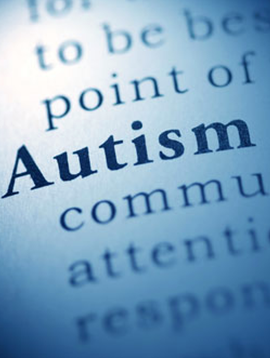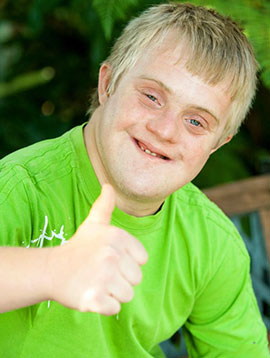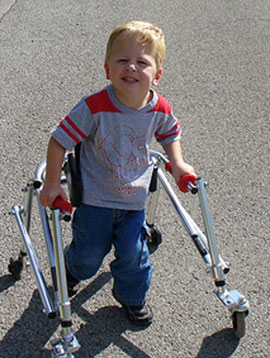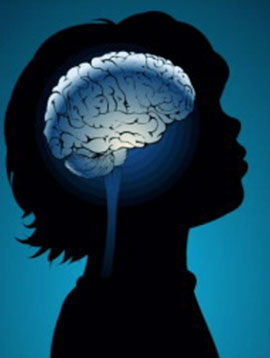Welcome to Kelshaw Group | Change Your Ideas And Change Your Life.
Kelshaw Group Home believes that everyone has the potential to learn and develop into productive members of society. Some individuals just need a little more attention, care, love, help and motivation in order to achieve this goal in life. This is where the necessary assistance, nursing care, qualified teachers, love and personal attention of the staff of Kelshaw Group Home come in.
CONTACT USOur Clients
Recent Videos
Tips for Communicating

If possible, put yourself at the wheelchair user's eye level.
Do not lean on a wheelchair or any other assistive device.

If you do not understand something the individual says, do not pretend that you do. Ask the individual to repeat what he or she said and then repeat it back.

If you are in a public area with many distractions, consider moving to a quiet or private location.

Speak to the individual when you approach him or her.
State clearly who you are; speak in a normal tone of voice.

Gain the person's attention before starting a conversation (i.e., tap the person gently on the shoulder or arm).

Generally, those who accept and make adjustments for their new reality will have an easier time coping.













